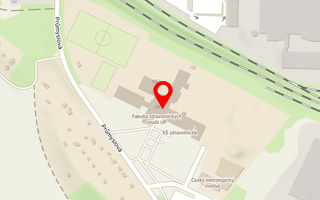Publikace detail
Identifikace poruch polykání sestrou: základní screening poruch polykání sestrou
Autoři:
Mandysová Petra | Škvrňáková Jana
Rok:
2008
Druh publikace:
článek ve sborníku
Název zdroje:
Program a sborník abstrakt - XIX. celostátní foniatrické dny Evy Sedláčkové, 6. česko-slovenský foniatrický kongres
Název nakladatele:
Tobiáš
Místo vydání:
Pardubice
Strana od-do:
30-31
